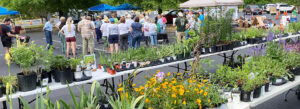
Welcome to
Suffolk Extension Master Gardeners
We Exist to Serve You
The Suffolk Extension Master Gardeners (Suffolk EMGs) are proud residents of the City of Suffolk, VA who volunteer their time and expertise, to provide FREE horticultural resources for the residents of the City of Suffolk. Resources concerning tree care, native plants, flower gardening, vegetable gardening, pest and disease identification and management are just a few of the topics we can assist you with! We also maintain gardens all over the City of Suffolk where we conduct educational programs, guided tours, and other events.
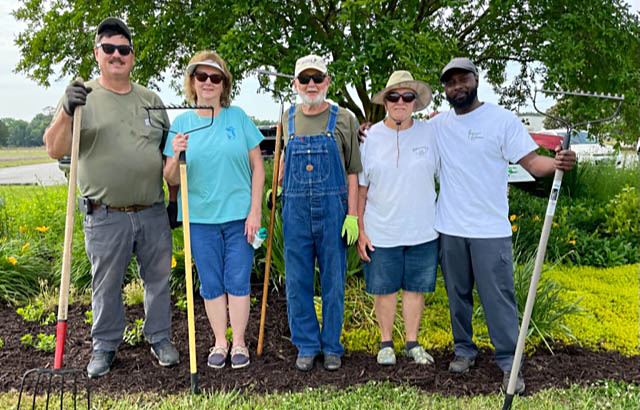
Ask a Master Gardener
Getting help is easy! Suffolk EMGs can be found at our office, on Facebook, by phone, email, and at various Suffolk farmers markets. Take advantage of our Ask a Master Gardener program, where you can contact us from the comfort of your own home! To submit a question, email us at SuffolkMG@gmail.com or call us at 757-514-4335. When emailing, attach pictures of the plant, pest, or problem and provide a detailed description. This will allow us to serve you. A Suffolk EMG volunteer will respond in a timely manner. Beginning in 2024, volunteers will be providing monthly office hours. Stop by our Virginia Cooperative Extension (VCE) classroom and obtain research-based assistance with your gardening questions and concerns.
SMG 2025 Plant Sale Information
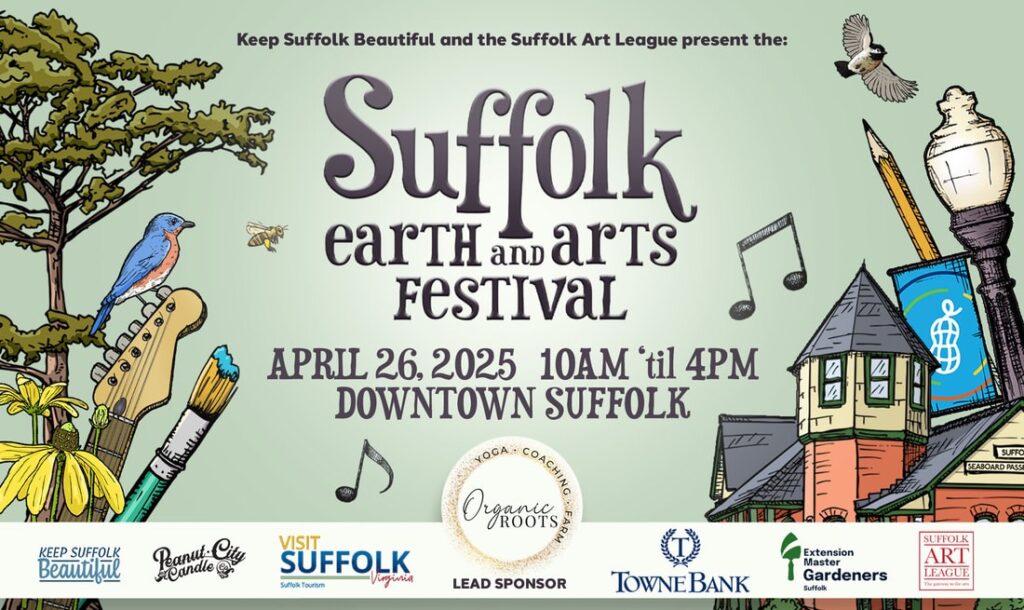
Earth & Arts Festival
04/26/25 Click Here for More Information
SMG Rain Barrel Sale! Going on Now!
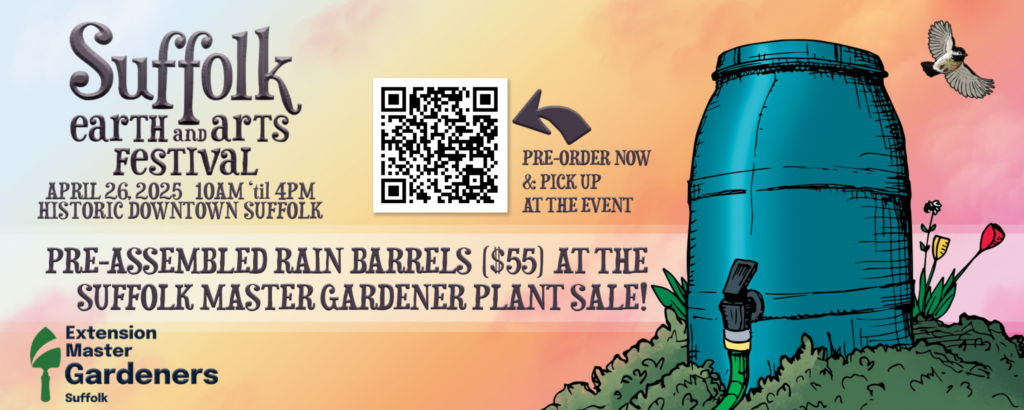
Preorder Your Pre-assembled Rain Barrel Today! Click Here for more information
Spotted Lanterfly Information
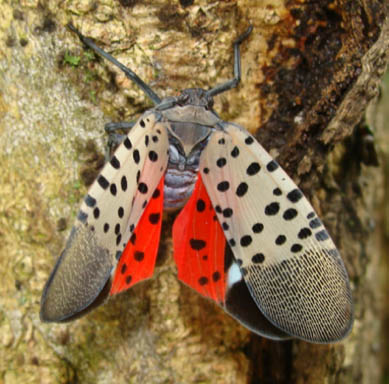
Pest Alert: Spotted Lanternfly Identification
and Reporting in Virginia
Get our updates delivered to your inbox
🌿 Grow Flavor & Beauty with Herbs! 🌿
Transform your space with homegrown herbs! Plant sun-loving basil for pesto, fragrant lavender for pollinators, or hardy rosemary for roasts. Herbs thrive in sunny spots with well-draining soil—raised beds or pots (looking at you, mint 🌱) work great. Drought-tolerant and pest-resistant, they’re perfect for beginners!
✂️ Harvest & Share ✂️
Snip herbs in the morning for peak flavor—dry them in bundles or use fresh. Share cuttings with friends or pair with flowers for stunning arrangements! Tag a gardening pal and drop your fave herb below: basil 🌱 or lavender 💜?
——
#GrowYourOwn #HerbGardenMagic #SustainableLiving

🌿 Suffolk Master Gardeners’ Plant Sale—Your Garden’s Best Day Out! 🌿
Mark your calendars for April 26, 2025!
The Suffolk Master Gardeners are bringing their biggest plant sale yet to the Suffolk Earth & Arts Festival on Historic Downtown Main Street. Discover a treasure trove of vibrant annuals, hardy perennials, native plants, and expert-grown herbs—perfect for spring gardening! 🌸🌱 Not just a sale, this is a gardening hub: purchase a rain barrel, snag pro tips from Master Gardeners, and learn how to create pollinator-friendly spaces. Whether you’re a seasoned green thumb or a budding gardener, we’ve got your soil covered! 618
📍 When & Where
🗓️ Saturday, April 26, 2025 | ⏰ 10 AM – 4 PM
🌳 Historic Downtown Suffolk, 100-200 blocks of N. Main Street

🍴 Ready to sprout?
What’s your go-to way to use sprouts? Drop a 🥗 below with your salad or 🥪 for sandwich ideas. Let’s grow together!
https://www.pubs.ext.vt.edu/426/426-419/426-419.html
#HomegrownNutrition #SproutSmart #HealthyEating #GardenToTable #ZeroWasteKitchen



What is your favorite houseplant? ... See MoreSee Less
0 CommentsComment on Facebook
It's a beautiful day in the City of Suffolk, with the sweet scent of our native Common Milkweed (Asclepias syriaca) on the air! I'm enjoying it as much as the bees and butterflies, including this Eastern Tiger Swallowtail. Do you want to see this in your garden? Join us at Suffolk Pollinator Day, and you could go home with some milkweed from my garden. I dug up two dozen last fall that I look forward to sharing. We'll also have a variety of other pollinator plants, and we'll share info about them in the coming weeks!
Learn more:
Common Milkweed:
plants.ces.ncsu.edu/plants/asclepias-syriaca/
Eastern Tiger Swallowtail: www.butterfliesandmoths.org/species/Papilio-glaucus ... See MoreSee Less
0 CommentsComment on Facebook
Spittlebugs! Inside this white frothy mass is a nymph meadow spittlebug. This "spittle" protects the nymphs from desiccation and possibly predation as it feeds on the plant.
This group of pests is best known for the mass of “spittle” produced by nymphs. There are several species in VA, but the meadow spittlebug is common and ranges from light brown to almost black.
Eggs overwinter after being laid in rows of 1-30 between sheaths and stumps near the soil surface. These hatch in April.
Nymphs are initially yellow but turn green as they grow. The nymphs feed on plant sap, and excretion products are mixed with air from a specialized “air canal.” This creates the spittle, a white frothy mass, which protects the nymphs from desiccation and possibly predation.
The adult stage is reached in 30-45 days, depending on temperature and other factors. After mating, females oviposit in late August or early September. There is only one generation per year. Spittlebugs are general feeders but may be particularly damaging to strawberry. Plant growth and yield may be reduced. They are also a source of annoyance to pickers. ... See MoreSee Less
0 CommentsComment on Facebook